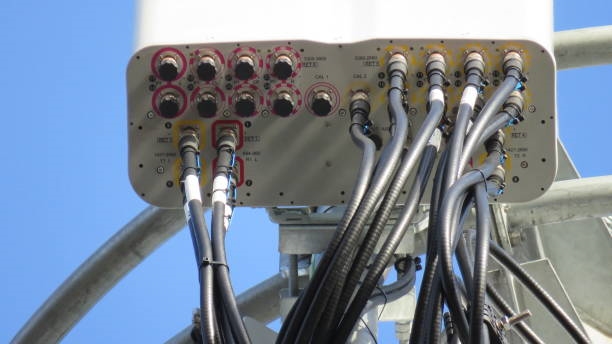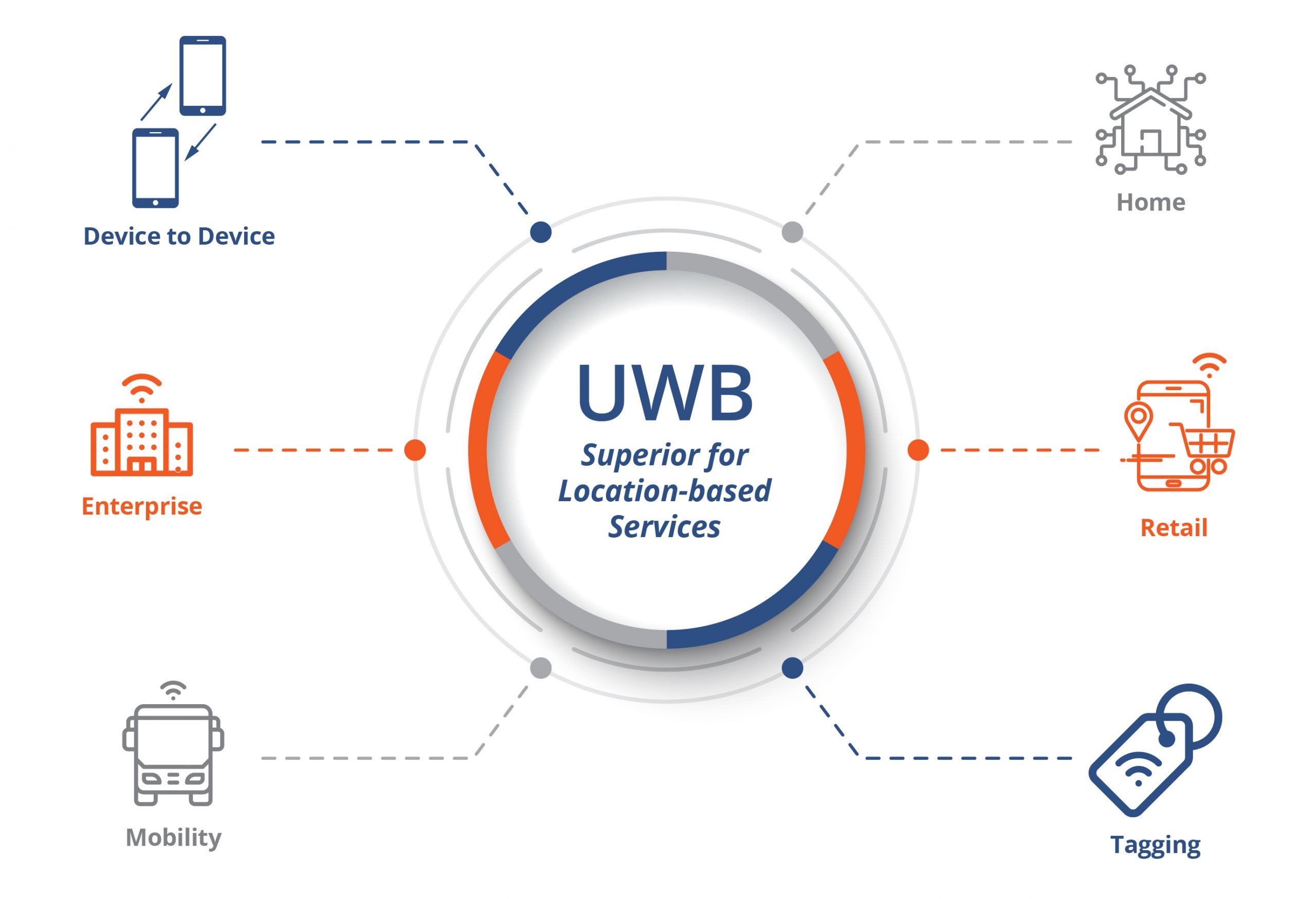The demand for comfort and functionality in smart wearable devices has driven rapid advancements in flexible wearable antenna technology. These antennas, known for their lightweight design and adaptability, conform closely to the human body, enhancing wearability while maintaining or improving communication performance. This article explores the definition, types, and key characteristics of flexible wearable antennas, offering insights for hardware engineers, PCB designers, and electronics enthusiasts.
Types of Flexible Wearable Antennas
Flexible wearable antennas are primarily categorized into three types based on their materials: polyimide (PI), polydimethylsiloxane (PDMS), and textile-based antennas.
- Textile Antennas: These antennas are a focal point of research due to their seamless integration with clothing and other textiles, offering excellent wearability and compatibility with wearable devices. Since their introduction in 2001, textile antennas have been extensively studied, particularly for their performance under bending and crumpling conditions.
- PDMS Antennas: Known for their superior flexibility and transparency, PDMS antennas maintain stability when bent or stretched, making them a promising option for wearable applications. Their unique combination of transparency and flexibility has attracted significant research interest.
- PI Antennas: These antennas exhibit excellent mechanical and chemical stability, showing potential for ultra-wideband communication. PI antennas maintain consistent performance in diverse environmental conditions, adapting well to various wearable scenarios.
Design and Optimization
Beyond material innovation, the structural design and optimization of flexible wearable antennas are critical research areas. Strategies such as incorporating electromagnetic bandgap (EBG) structures to reduce coupling with the human body or optimizing performance under bending and crumpling conditions enhance the antennas¡¯ practicality and adaptability.
These design approaches ensure that the antennas remain functional and efficient in dynamic wearable environments, addressing challenges like signal degradation due to body proximity or mechanical deformation.
Applications
Flexible wearable antennas serve as integral components of communication systems in wearable devices but also extend to other applications, including biomedical monitoring and body motion tracking. Their comfort and portability make them particularly valuable in healthcare, enabling non-invasive monitoring and diagnostics.
The versatility of these antennas supports their integration into various smart wearable platforms, broadening their utility beyond traditional communication roles.
Conclusion
Research in flexible wearable antennas has significantly advanced the comfort and functionality of wearable devices, paving the way for future innovations in smart wearable technology. These efforts not only improve antenna performance but also inspire novel applications across diverse fields. As research and innovation continue, flexible wearable antennas will play a pivotal role in driving the development of smarter, more comfortable wearable solutions.
 ALLPCB
ALLPCB







